Table of Contents
 Preface
PrefaceWhen, in 2002, coauthor Walker first decided to change the subtitle of the fourth edition of this book from The Land of Sandino to Living in the Shadow of the Eagle, there was some concern that the subtitle should more appropriately stress some outstanding characteristic inherent in Nicaragua. Stressing the influence of Augusto Csar Sandinoas in the original titlehad been a way of doing that. However, Walker defended his proposal for the new title with an analogy: If one is describing a Japanese bonsai tree, is it best to focus mainly on the inherent characteristics of the species being discussed? Wouldnt it be better to emphasize the external factors affecting the morphology of that organismindeed, that affect the nature of all bonsai trees regardless of species? The unusual aspect of a bonsai is not its species but rather the environmental stress to which humans have deliberately subjected it in order to achieve a different beauty.
The bonsai analogy, of course, is not perfect. In some senses, a plant can be made more graceful and interesting by stressing it. However, when a nation-state is subjected to the prolonged external interference of a regional hegemonno matter how well intentionedits social, economic, and political systems are often hurt and deformed. The result is not usually beautiful.
Nicaragua shares with most Latin American countries a centuries-old experience of U.S. intervention and interference. But few countries have been so extensively and repeatedly intervened in as Nicaragua. This edition, like earlier ones, shows how U.S. interference inexorably led to the Sandinista Revolution of the late twentieth century. First, after the countrys formal independence in the nineteenth century, England and the United States squabbled over control of Nicaragua. At one point in the 1850s, U.S. filibuster William Walker actually took over the country and made himself president long enough to be recognized by Washington. Later, U.S. Marines occupied Nicaragua for most of the period from 1912 to 1933. Then, the U.S.-appointed head of the U.S.-created Nicaraguan National Guard, Anastasio Somoza Garca, created a dynastic dictatorship that was passed on to two of his sons and lasted until 1979. During this time, the Somozas corrupt National Guard came to hold the distinction of being the most heavily U.S.-trained military establishment in Latin America. Finally, on July 19, 1979, a massive national uprising coordinated by the Sandinista National Liberation Front (FSLN) overthrew West Point-educated dictator Anastasio Somoza Debayleoften referred to as the Last Marine.
We also detail the history and nature of the subsequent nationalist government led by the FSLN (1979-1990). The governments quite moderate social, economic, political, and international policies are carefully described. So, too, are the efforts by the U.S. government to bring this nationalistic experiment to an end. We show how U.S. programs of economic strangulation, low-intensity warfare, and disinformation were ultimately successful in so undermining the Sandinista experiment that it was voted out of power by a cowed and desperate electorate in the second of two free elections held during the period.
The updated annotated bibliography includes the scores of books published about the country since 1990. Most chapters now include sections on the nature and impact of the U.S.-orchestrated conservative restoration (1990-2007) and return of Daniel Ortega (2007 onward). We see how the three administrations in this periodthose of Violeta Chamorro, Arnoldo Alemn, and Enrique Bolaosowed their existence, in large part, to heavy-handed U.S. involvement in the 1990, 1996, and 2001 elections. Once in power, these leaders were then pressured to implement economic and social policies approved of by Washington. The result of the new social and economic policiesenforced by the International Monetary Fund, the World Bank, and the Inter-American Development Bank (in which the United States has controlling interests)was a reversal of the old Sandinista logic of the majority. Instead, the new administrations pursued neoliberal economic policies, which, though they eventually brought growth to the economy, created such a regressive distribution of income that Nicaraguas place among the nations of the world on the United Nations Development Programs Human Development Index (measuring social as well as economic factors) dropped from 60th at the time of Chamorros inauguration to 116th ten years later.
By the early twenty-first century, Nicaragua had come nearly full circle. True, it was more democratic than it had been before the overthrow of the Somozas. So too, however, were most Latin American countries at that point; unlike during the cold war, formal democracy was now a part of the U.S. formula for Latin America. Of greater importance to the common citizen, however, was the fact that Nicaragua was once again as fully under U.S. control as it had been in the days of the Somozas. U.S.-approved economic and social policies were being implemented andthough they resulted in modest growthwere causing poverty and maldistribution of income to be as great as they had been in the dark days of the Somozas.
In 2006, U.S. officials tried once again to influence the outcome of the presidential elections. However, by that time, the dismal social performance of the three post-Sandinista governments and a split in the forces that had brought them to power allowed Sandinista leader Daniel Ortega to return to the presidency. Though Washington had no choice but to formally accept the results of these internationally certified elections, it would, as we will show, continue to meddle in the affairs of that tiny country. Thus, considering Nicaraguas recent history in light of its past, we feel very justified in having changed the subtitle of the book to the more realistic, if less upbeat, Living in the Shadow of the Eagle. For Nicaragua, there long has beenand probably always will bean eagle on the northern horizon.
 Acknowledgments
AcknowledgmentsThe authors would like to express their gratitude to a number of individuals, groups, and institutions who helped in producing the various editions of this book. First, thanks are due the Nicaraguan people and several governments for their kind hospitality and extensive cooperation. We are also grateful to the editors of Caribbean Review, Current History, Houghton Mifflin and Company, and Scholarly Resources Inc., for their kind permission to use occasional phrases, sentences, and paragraphs that appeared in earlier Walker publications for which they hold the copyrights. The logistical support of Alice McGrath, Milagros Lanzas, and Gabriela Chavarra in various tasks related to later editions is gratefully acknowledged. For kindly reading and commenting on parts of the manuscript, thanks are due Alejandro Bendaa, Judy Butler, Eduardo Cavazos, Ricardo Chavarra, Joseph Collins, Kenneth P. Erickson, Peter Kemmerle, Reynold Nesiba, Francisco Prez, Janet Polzer, Susan E. Ramrez-Horton, Charles Roberts, Charles Stansifer, Eric Wagner, Anne U. Walker, and Sergio Zeledn. We would also like to thank Karl Yambert and the staff at Westview Press for their commitment to this project.


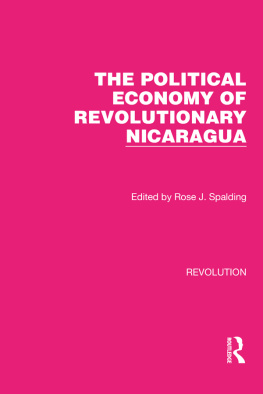
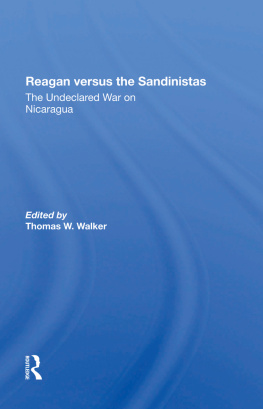
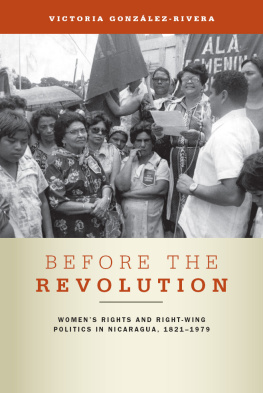
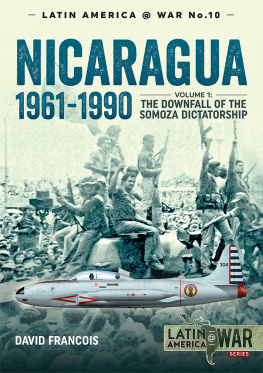
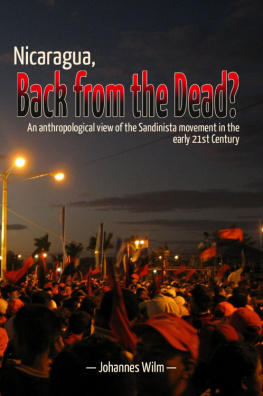
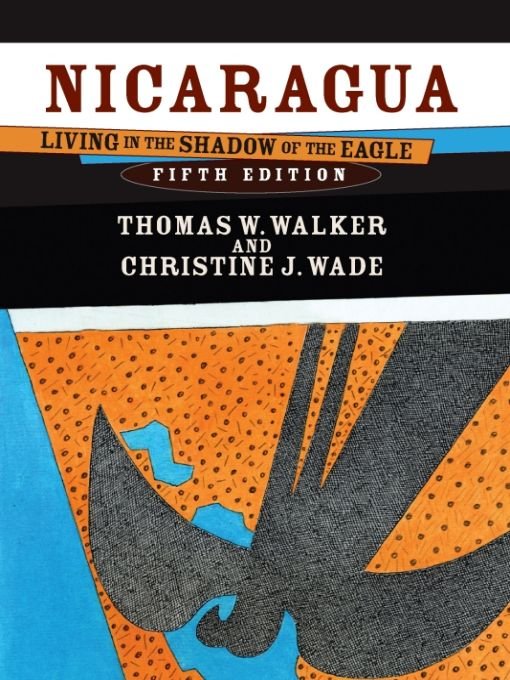

 Preface
Preface Acknowledgments
Acknowledgments